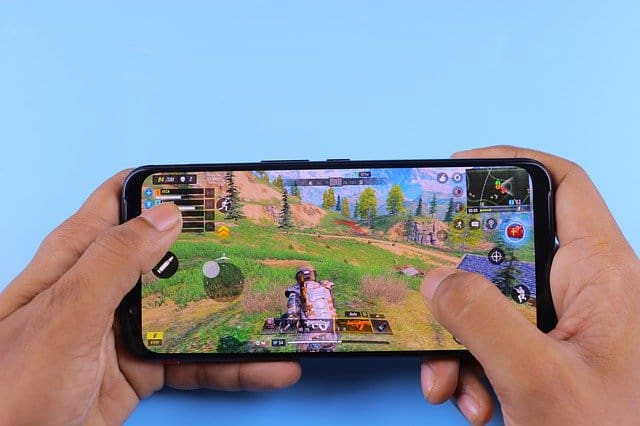In the realm of insurance claims, the battle against fraudulent activities remains a significant challenge. As fraudulent claims persist, the role of recorded footage stands out as a powerful tool in unmasking deceit and substantiating legitimate claims. Recorded footage, whether from surveillance cameras, mobile devices, or other sources, plays a crucial role in providing concrete evidence that supports investigations and exposes fraudulent practices. Let’s delve into the significance of recorded footage as evidence against fraud in claims investigations.
Understanding the Role of Recorded Footage
- Fraudulent Claim Detection:
- False Claims Exposed: Recorded footage reveals discrepancies, inconsistencies, or staged events that undermine the credibility of fraudulent claims.
- Evidence in Investigations: Footage provides visual evidence to validate or refute claims made by policyholders.
- Types of Recorded Footage:
- Surveillance Cameras: Video recordings from surveillance systems in public areas, residences, or businesses.
- Mobile Device Recordings: Footage captured by smartphones or personal devices at the scene of an incident or accident.
- Vehicle Dashcams: Video evidence from vehicle-mounted cameras providing insights into accidents or events.
The Role of Access Control Systems
Drawn from the broader category of surveillance systems, access control systems manifest as an indispensable factor in the fight against fraudulent claims. These systems, which regulate and monitor entry to properties, can provide definitive evidence to validate or challenge certain claims.
- Real-Time Monitoring: Access control systems can offer real-time monitoring of premises, allowing for an accurate timeline of events leading up to the incident in question.
- Access Logs: Detailed logs from these systems can help in determining whether a claimant’s reported timeline matches the actual events.
- Integration with Other Systems: Most access control systems can be synchronized with surveillance cameras, providing a comprehensive overview of an incident by combining access logs with video footage.
Access control systems, through their ability to chronicle detailed and accurate entry data, serve as a potent tool to counter fraud, helping to maintain transparency and fairness in insurance claims.
The Significance of Recorded Footage in Investigations
- Visual Documentation:
- Accurate Representation: Recorded footage presents a visual account of incidents or events, providing an objective viewpoint.
- Contextual Understanding: Video evidence aids in understanding the sequence of events, actions, and circumstances surrounding a claim.
- Supporting Fraud Detection:
- Identification of Suspect Activities: Footage exposes actions inconsistent with reported incidents, revealing potential fraud.
- Proof of Authenticity: Timestamped or location-tagged recordings provide verifiable evidence to support or refute claims.
Methodologies for Using Recorded Footage in Investigations
- Evidence Preservation:
- Chain of Custody: Maintaining a documented record of footage custody ensures its integrity and admissibility in legal proceedings.
- Data Storage Protocols: Proper storage and handling of recorded footage prevent tampering or alteration.
- Forensic Analysis:
- Expert Examination: Forensic experts analyze video evidence to verify authenticity and uncover any digital alterations.
- Enhancement Techniques: Techniques like zooming, filtering, or enhancing video quality aid in clarifying crucial details.
- Admissibility in Legal Proceedings:
- Authentication Protocols: Verification procedures establish the authenticity of recorded footage for legal admissibility.
- Expert Testimony: Forensic experts provide expert testimony to authenticate and interpret video evidence in court.
The Impact of Recorded Footage in Fraudulent Claims
- Insurance Integrity:
- Fraud Deterrence: Recorded evidence discourages individuals from making false claims, preserving the integrity of insurance systems.
- Accurate Settlements: Validated claims backed by footage ensure fair and accurate settlements, preventing wrongful payouts.
- Legal Justice:
- Conviction and Prevention: Fraudulent activities exposed through recorded footage lead to convictions, deterring future fraudulent behaviors.
- Fair Adjudication: Video evidence supports fair and informed decisions in legal proceedings, ensuring just outcomes.
Challenges and Considerations
- Privacy and Ethical Concerns: Balancing the use of recorded footage with privacy laws and ethical considerations is crucial.
- Admissibility and Reliability: Ensuring recorded evidence meets legal admissibility standards for relevance, reliability, and authenticity.
Empowering Justice and Transparency Through Recorded Footage
Recorded footage serves as an indispensable ally in the fight against fraudulent claims, unveiling truth, and ensuring justice and fairness. By adhering to strict protocols, employing forensic expertise, and upholding ethical practices, recorded footage strengthens investigations and safeguards the integrity of insurance systems.
In the pursuit of truth and fairness, the role of recorded footage as evidence against fraud becomes a beacon for transparency and accountability. By recognizing its pivotal role, stakeholders contribute to robust foundations upon which justice prevails, fraudulent activities are exposed, and insurance systems remain secure.
In the realm where evidence stands as the guardian of truth, the strategic use of recorded footage emerges as a potent weapon against deceit, underscoring the need for meticulousness, accuracy, and ethical conduct in its collection, preservation, and presentation.





